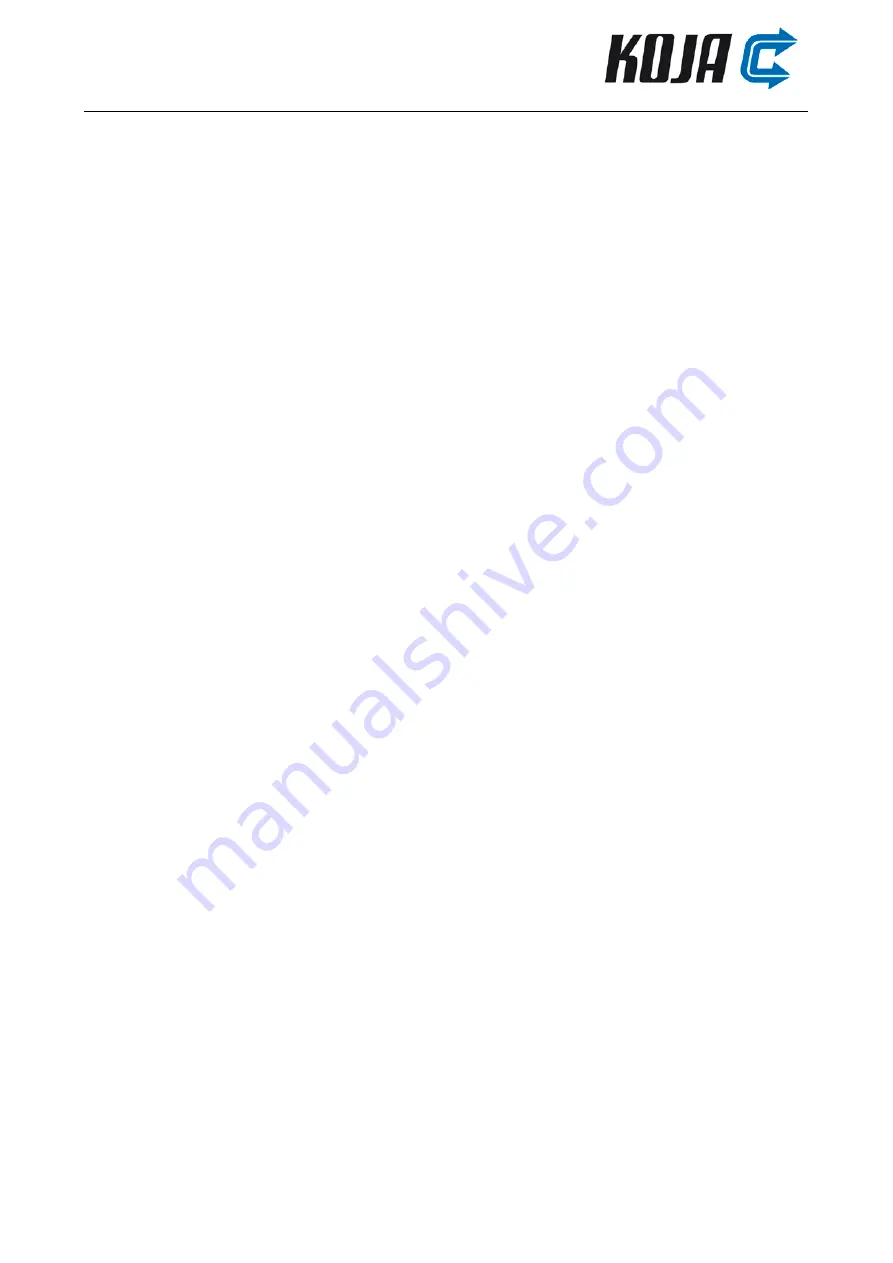
FUTURE® S AIR HANDLING UNIT
OPERATION AND MAINTENANCE
INSTRUCTIONS
15 December 2020
Ver 1.7 (We reserve the right to changes without prior notice)
38
9.6.1 Preheating coil installing, commissioning and maintenance
The preheating coil is installed, commissioned and serviced according to the heater manufacturer’s
instructions. Instructions are included in the equipment delivery. In addition to the heater manufacturer’s
instructions:
•
Check that the heater is visually intact.
•
Make sure that the heat transfer surfaces are clean and intact.
•
Ensure there is no material or moisture inside the heater that does not belong there.
•
The heater’s safety and locking functions must be tested carefully before commissioning.
•
Cleaning can be done with a vacuum cleaner, for example. NOTE! Do not use water for cleaning.
•
If the overheating protector is activated, the cause of the activation must be determined before the
overheating protector is acknowledged.
9.7 Cooling coil for the duct (accessory)
Future® S units can be equipped with an optional fluid circulation cooling coil installed in the horizontal duct.
The cooling coil is dimensioned with the Future® S dimensioning program and its technical specifications are
available in the ventilation unit’s technical printout. The cooling coil is installed and serviced according to the
cooling coil manufacturer’s instructions.
NOTE! The cooling coil must be installed in a horizontal duct. In
connection of installation, ensure that condensed water is discharged from the condensation tray to the
condensation drain. Condensation drains must be sewered and equipped with a water trap.
The FxVent controller has a built-in cooling coil control valve’s 0–10 V adjustment. The control valve and
actuator are not included in the equipment delivery. If cooling is selected for the unit, the supply air duct
temperature sensor (TE10) is wired at the factory and looped on top of the unit. The site’s automation
contractor installs the temperature sensor in the ductwork after the cooling coil and connects the cooling
valve actuator into the automation system controlling the unit.
If necessary, the cooling coil can be dimensioned separately (separate dimensioning) if the site uses, for
example, different cooling network temperatures. In this case, the supply air duct’s temperature sensor is
wired at the factory and looped on top of the unit.
Summary of Contents for Future S
Page 2: ......
































